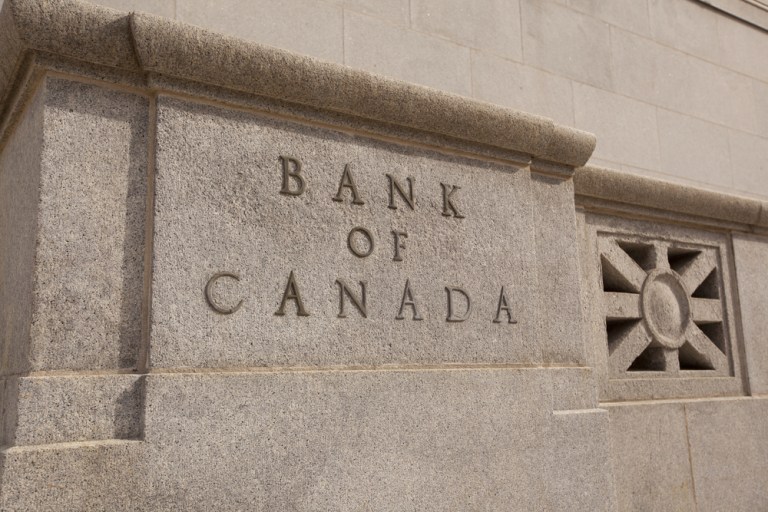Canada’s Central Bank Continues Blockchain Project Despite Doubts

A group of payments, technology and government players in Canada have joined together to tokenize central bank cash and assets to facilitate instant settlement of securities on blockchain technology.
A press release published on Friday (May 11) said blockchain technology firm R3, along with the nation’s central bank, the Bank of Canada, payments organization Payments Canada, financial services firm TMX Group and professional services company Accenture, are collaborating on a real-time securities settlement solution using blockchain technology. The group has completed its proof of concept for the solution that tokenizes central bank cash and assets for faster settlement.
Dubbed Project Jasper, the initiative facilitates integrated securities and payments settlement that experiments with blockchain technology. The project is now in its third phase; its first phases focused on clearing and settlement of interbank payments using blockchain, while Phase III targets integrated payments and securities infrastructure, the companies explained.
However, the participation of Canada’s central bank in the project does not necessarily mean the institution is ready to implement distributed ledger technology (DLT). Last year, the central bank noted that there are “too many hurdles” for blockchain to be integrated effectively into Canada’s interbank payment system.
Bank of Canada joined the initiative with Payments Canada, R3 and other top banks in the country in 2016.
“This proof of concept shows that it is possible to deliver payments in a way that has never been done before — by directly swapping cash from buyers to sellers, resulting in instant settlements,” said Payments Canada President and CEO Gerry Gaetz in a statement. “We continue to see how the application of distributed ledger technology can help extend the vision of payments innovation in Canada and potentially, one day, help promote financial market integration, both nationally and internationally.”
According to the companies, their proof of concept demonstrates the ability for blockchain to be used to facilitate post-trade settlement in real time, reducing risk and freeing up collateral. The solution focuses on privacy, only giving involved parties access to transaction history.
“Maintaining privacy, as well [as] integrating other assets into the same ledger as payments, would provide important benefits for the financial system from the use of a DLT-based wholesale payment system,” said Bank of Canada Senior Deputy Governor Carolyn A. Wilkins in another statement.
Wilkins has been vocal about her views on the use of blockchain in the nation’s payments system. Last year, Wilkins, along with Payments Canada’s Gerry Gaetz, wrote, “The bottom line is that a standalone DLT wholesale system is unlikely to match the efficiency and net benefits of a centralized system. In fact, at its heart, there exists a fundamental inconsistency or tension between a centralized wholesale interbank payment system, as we have now, and the decentralization inherent in DLT.”